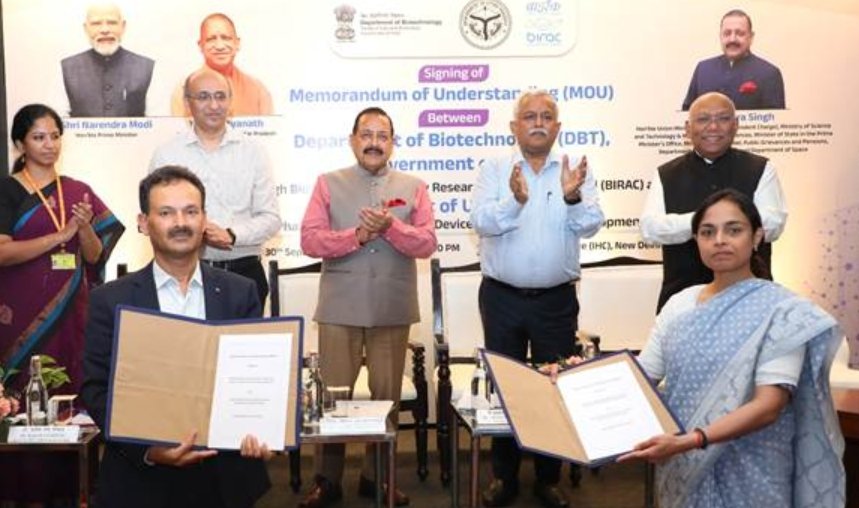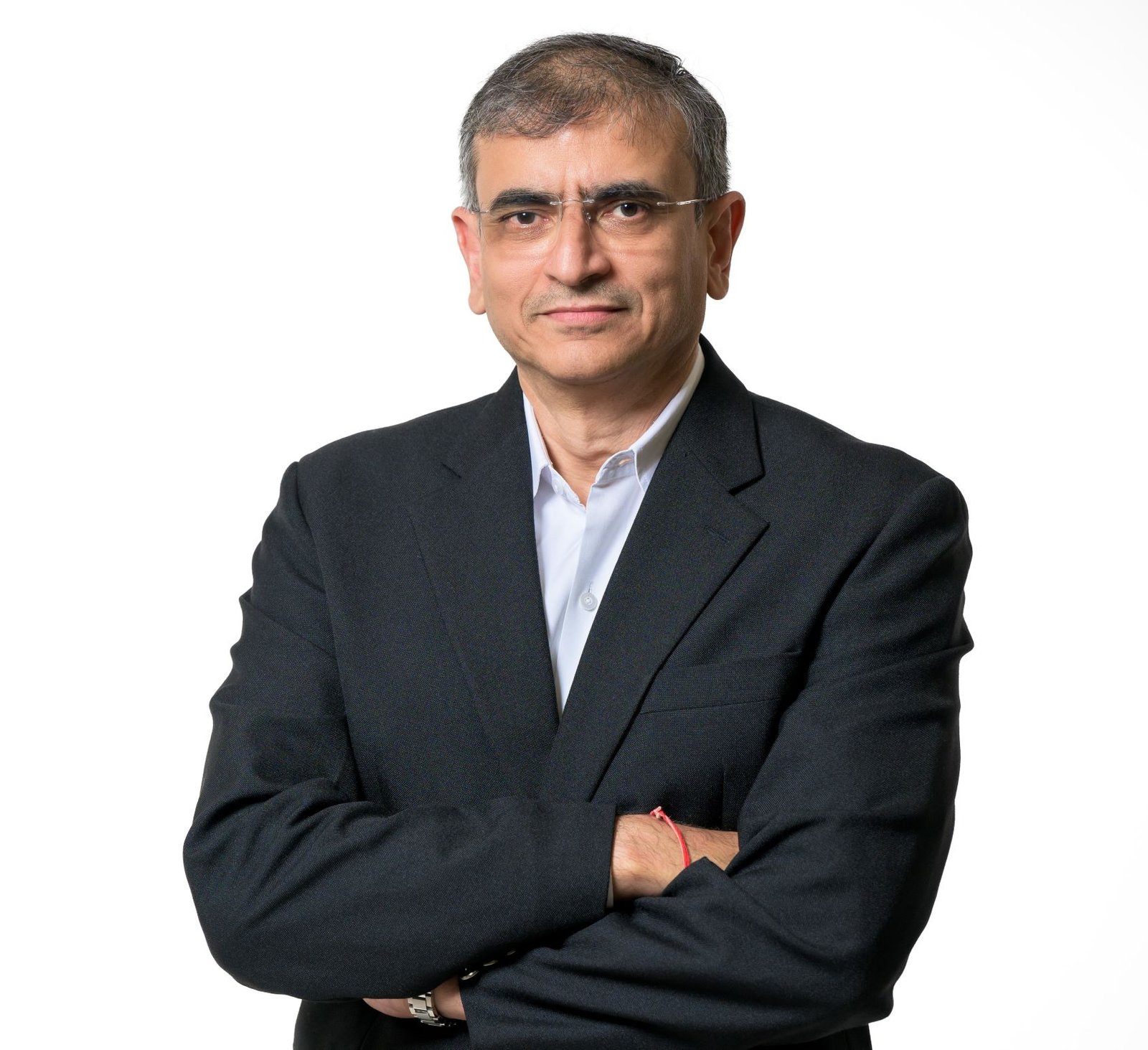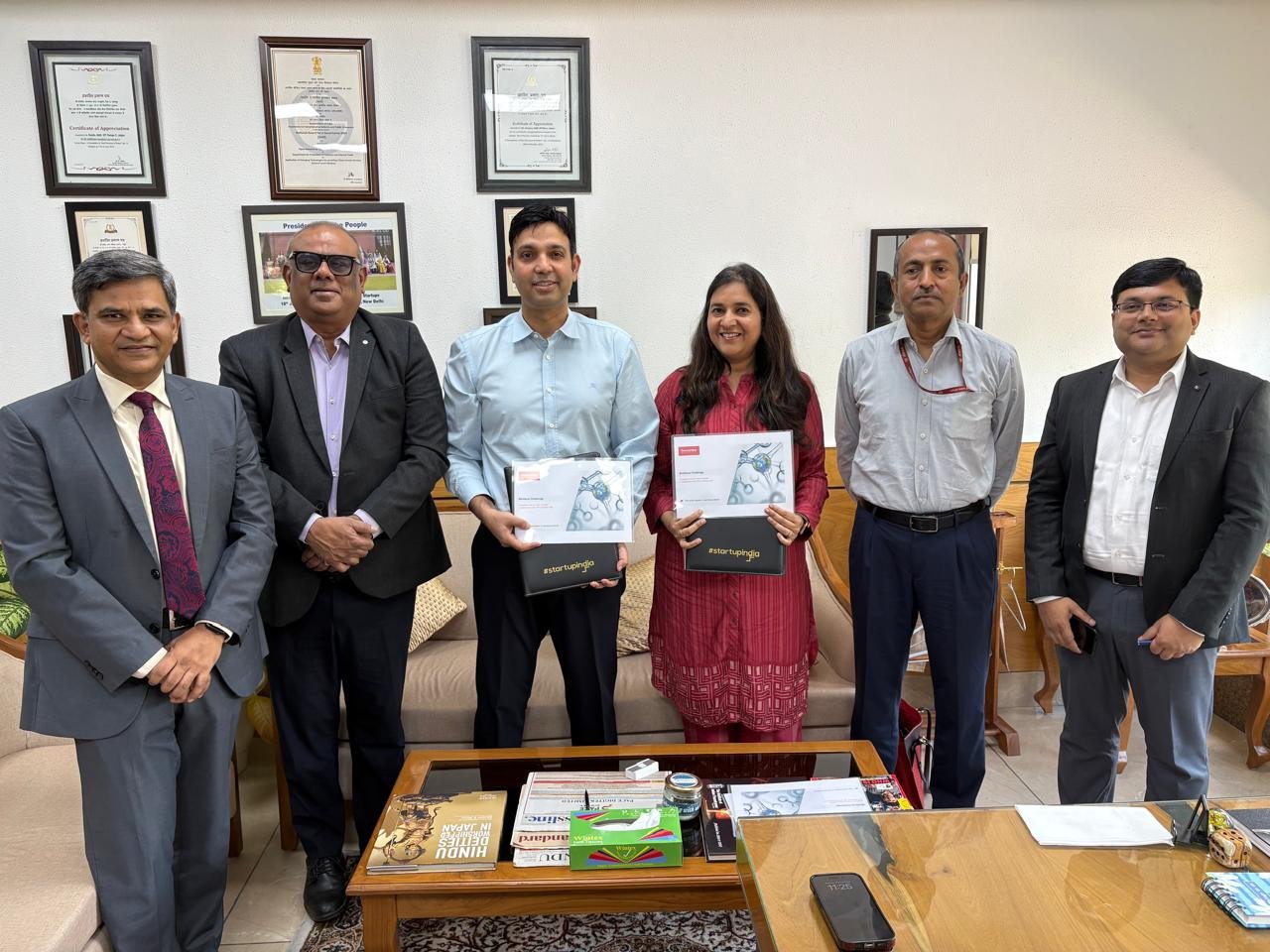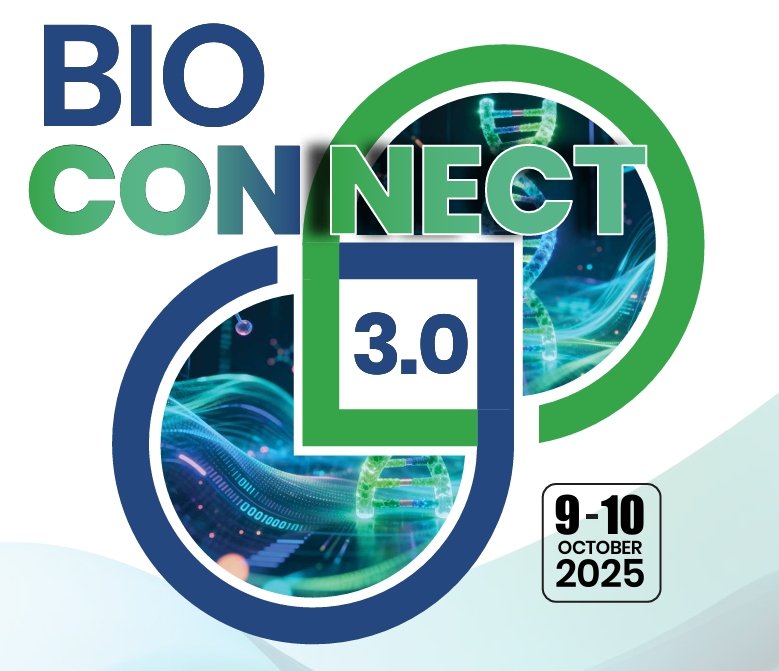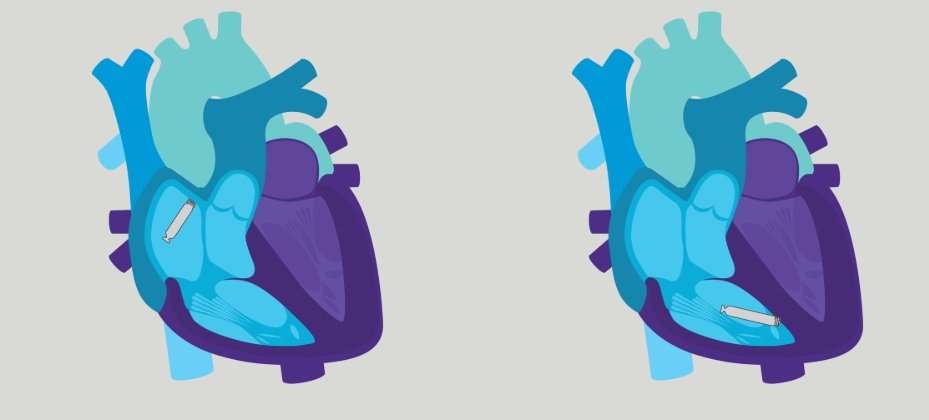“Efforts are still needed to increase awareness of respiratory diseases worldwide, tailored to each region”
February 20, 2025 | Thursday | Views
The Indian Chest Society (ICS) recently organized the ERS INDIA SUMMIT 2025, an academic fest dedicated to advancing respiratory care. In collaboration with the European Respiratory Society (ERS), the summit featured a distinguished panel of international and national experts, offering unparalleled insights into the latest innovations and advancements in respiratory medicine. To find out more about respiratory disease management, BioSpectrum got the opportunity to interact with Nicolas Roche, a Professor of Respiratory Medicine at Paris Descartes University, Head of the Department of Respiratory Medicine, Cochin-Broca-Hôtel-Dieu Hospital Group, Paris, France, and a researcher at Paris Descartes University.
Why are chronic respiratory diseases like asthma and Chronic obstructive pulmonary disease (COPD) on the rise globally, and what are the key factors driving this trend, especially in India?
The rise in allergies and COPD is driven by multiple factors, varying across regions and depending upon lifestyle changes as well. In Western countries, people live in more protected environments with reduced exposure to animals. Earlier, frequent contact with farm animals helped regulate immune responses. As this exposure declined, allergy cases increased, supporting the hygiene hypothesis. With fewer microbes to combat, the immune system shifted focus, developing antibodies against allergens commonly found in the atmosphere.
Pollution plays a significant role, and depending on the region, its levels may be increasing, decreasing, or changing. Certain types of pollution contribute to allergies, as some pollutants can transport allergens and increase sensitization. The occurrence of allergies is influenced by a combination of these factors.
Additionally, early life factors play a crucial role in the development of COPD. Exposure to smoke, pollution, and particularly tobacco smoke from an early age increases the risk. Beyond tobacco, biomass smoke and wood smoke also contribute. Infants and young children exposed to these hazards, even in utero, face higher risks, especially if the mother smokes or is exposed to pollution during pregnancy, though the exact impact is not fully understood.
Infections during early life further influence COPD risk, particularly when combined with other factors like tobacco smoke. The development of COPD results from a complex interplay of lifelong exposures.
So, despite these factors that everyone knows, and the growing awareness, why do you think there are still delays in diagnosis and the management of respiratory diseases globally?
Well, again, many intricate factors play a role. First, awareness is rising, but we are not there yet. Efforts are still needed to increase awareness of respiratory diseases worldwide. Since the determinants vary from country to country, awareness must be tailored to each region. Access to care also needs improvement, particularly in socially deprived areas. People in these communities face multiple risk factors due to poverty and limited healthcare access, including difficulties in obtaining both diagnosis and treatment. Additionally, they are often more exposed to pollution, whether at work or in their living environment. Addressing social deprivation is crucial. While it is easy to acknowledge, implementing change at a political level is far more challenging. However, tackling social deprivation remains one of the most important global prevention strategies.
What are the biggest barriers to early screening and detection of respiratory illnesses, particularly in rural and underserved areas?
Low awareness remains a significant barrier. Lack of access to care is another challenge, but motivation among healthcare professionals and policymakers is equally crucial. There needs to be a stronger belief that real interventions can improve outcomes.
Early detection is valuable only if it leads to effective solutions. For example, COPD is often perceived as a disease with no viable treatment, which is entirely untrue. Counselling can help patients quit smoking, reduce exposure to pollution—whether occupational, environmental, or otherwise—and encourage physical activity. Medications and behavioural interventions also play a vital role.
However, if healthcare providers do not believe these measures can help, they may never be able to detect the condition early on, creating a vicious cycle. Breaking this cycle requires not just awareness but a firm conviction that while the solutions may not be dramatic, they can still significantly improve patient outcomes.
How can targeted public awareness campaigns dispel myths and encourage better disease management, especially for asthma and COPD patients?
Campaigns need to raise awareness while also addressing misconceptions, particularly the belief that our treatments are ineffective—which is simply not true. Misunderstandings about risk factors also persist.
For instance, when smokers are warned about the risks of COPD or worsening asthma due to smoking, they may deflect by blaming pollution instead. While pollution is indeed a concern, some individuals use external factors to avoid acknowledging their own responsibility. The goal is not to induce guilt but to correct misconceptions, including fears that treatments may do more harm than good.
Every treatment with proven efficacy may have some side effects, but what truly matters is the balance between benefits and risks. It is essential to convey to the people that the potential benefits of treatment far outweigh the minimal risk of side effects. Addressing these misconceptions requires clear communication.
Additionally, some people prefer natural treatments over pharmacological ones. While natural treatments can be acceptable as long as they are safe, they should not replace medical treatment entirely. Both approaches can be complementary, and rather than rejecting natural remedies outright, it is crucial to find a middle ground and help people make informed choices.
What role can digital health solutions, AI-driven diagnostics and telemedicine play in improving early detection and disease management?
Digital transformation is a vast topic, with numerous digital solutions available for educating people. One criticism has been the sheer number of solutions being developed, but this diversity is not necessarily a drawback. Since individuals have different preferences, one person may find a particular digital solution helpful while another may prefer a different one. The key is to be familiar with these solutions and counsel patients toward the most suitable options. However, this can be challenging due to the overwhelming number of choices.
Digital tools can aid in education, follow-ups, disease monitoring, and medication adherence. It is not just about transmitting information, which some patients may perceive as intrusive surveillance, but also about providing feedback on their condition, treatment, and behaviour in a way that is genuinely helpful. However, the attrition rate is high—many people stop using digital tools after just a month. Finding ways to keep them engaged is crucial, and it should not require rigid daily inputs. Even occasional use can be beneficial.
For conditions like severe COPD or chronic respiratory failure, telemedicine can enable at-home patient monitoring, offering greater convenience for both patients and healthcare providers who may not always have the time for frequent in-person visits.
Artificial intelligence solutions can also play a supportive role. They are not meant to replace healthcare professionals but rather to complement their work in meaningful ways. The challenge for both patients and caregivers is to adapt to these new technologies and integrate them effectively rather than resisting them. This process takes time, and healthcare providers must educate themselves to help patients harness the benefits of these technologies without feeling overwhelmed by them.
How can local healthcare providers, NGOs and patient support groups collaborate to create sustainable models for respiratory disease management?
The key word is collaboration. At a national or even international level, broad models of care can be developed, but these models remain quite general.
At the local level, resources vary significantly from one place to another. What matters most is ensuring that the available resources within a given area can collaborate effectively. The first step is identifying these resources and understanding what is available. Once identified, the next challenge is structuring them efficiently. This involves patient associations, healthcare providers, the healthcare system, and decision-makers—all of whom must be aware of one another and work together.
While this concept sounds straightforward, in practice, it is far more complex due to local constraints and varying circumstances. The focus should be on working at the local level—applying general models but adapting them entirely to the specific needs of the area. A rigid, one-size-fits-all approach will not be effective, as local resources may not align with a standardised model.



